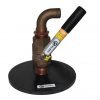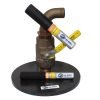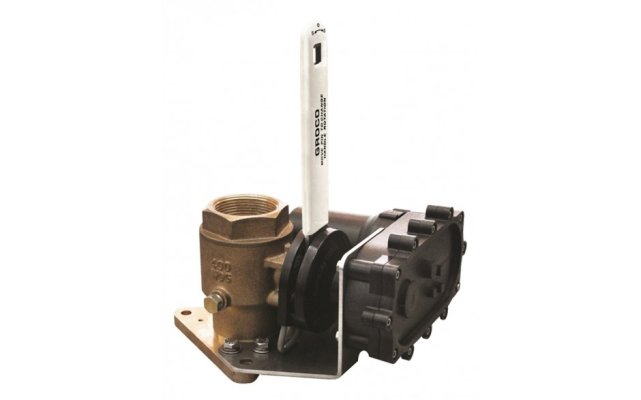SchoonerSkipper
Member
My wife got me several tools and such for Christmas for the (new to us) Eagle 32, and it got us to talking about this question: the raw water intake for the engine is located almost at the very bottom of the bilge, a little over 3’ below the raised sole in the pilot house; and unfortunately in the closed position the handle is right next to the wet muffler. So we have to remove the sole panel and climb down into the engine compartment to open/close it. Has anyone rigged up anything that aides in opening/closing seacocks in positions like this? I’m going to try with a 3’ or so pole with a boat hook tip on the end, but curious what others may have rigged. I wouldn’t mind getting down there but I’m not as nimble as I once was.
On our sailboat I had much more ready access to both the engine seacock, oil dipstick and coolant tank, so checked oil/coolant before every start. On this boat the dipstick is a very short stick located up under the exhaust manifold - I’m thinking that I’ll put myself on a strict weekly or so checking schedule so I don’t have to get down in the compartment every time we start the engine.
On our sailboat I had much more ready access to both the engine seacock, oil dipstick and coolant tank, so checked oil/coolant before every start. On this boat the dipstick is a very short stick located up under the exhaust manifold - I’m thinking that I’ll put myself on a strict weekly or so checking schedule so I don’t have to get down in the compartment every time we start the engine.




